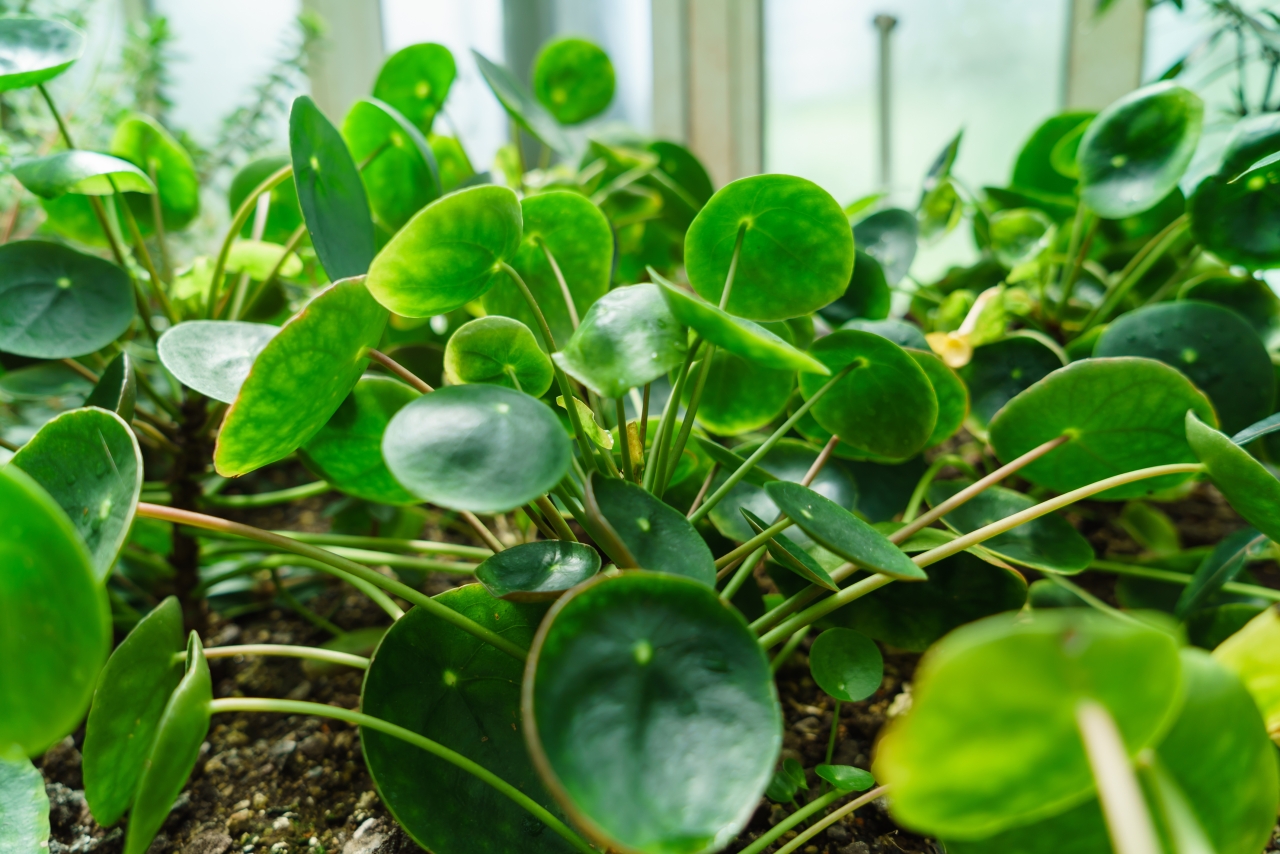8 cleanup tips to help spruce up your garden this fall
- Read original article here

How much do you need to clean up the garden in fall? “Your checklist will be longer if you like a very neat garden,” said Sharon Yiesla, plant knowledge specialist at the Plant Clinic at The Morton Arboretum. “It’s largely a matter of taste.”
Some garden cleanup is necessary for good hygiene, especially if you’ve had pest or disease problems during the growing season. But being too tidy can actually shortchange your plants.
“The leaves, stalks and other organic matter that remain in late fall can actually improve the soil for your plants and provide shelter for wildlife,” she said. “Balance that against your preferred level of neatness.”
Remember that in nature, every plant, including trees, lives under a layer of decaying leaves and stalks from previous years. Over time, that leaf litter is consumed by microorganisms to enrich the soil for plants’ roots. “If you clear away that banquet entirely, your garden can be more like a desert,” Yiesla said. Choose what you need to clean up, what you can leave alone and what you can use. Here are some tips from the Plant Clinic:
Clean up diseased or infested plants: If any of your plants had a serious problem, such as apple scab on crab apple trees or black spot on rose bushes, clean them up to reduce the risk that the problem will return next year. Fungus spores and insect eggs can overwinter on affected leaves and branches. Collect the leaves of those plants and dispose of them outside your yard, through leaf or landscape waste pickup. Don’t put them in your compost pile.
Cover the soil: Bare soil exposes plants’ roots to swings in temperature during the winter. Make sure all soil in perennial beds is covered with a 1 to 2 inch layer of insulating mulch. Fallen leaves are an abundant source of free mulch. You can just rake them onto nearby garden beds or around trees and shrubs. You can also shred them for a finer texture.
Clear off the lawn: Don’t leave a mat of whole leaves on the grass, where it can block the sunlight or trap moisture that may encourage turf diseases. A leaf here and there won’t hurt. Shred leaves with the lawn mower: Leaves cut into small pieces look neater as mulch, don’t blow around as much and break down faster as compost. Rake them into a pile on the lawn and run a power mower over them several times. You can use some of them right there: To nourish the lawn, rake shredded leaves out over the grass, where they will quickly decay and improve the soil.
Start a compost pile: Use fallen leaves, whole or shredded, for compost. In an out-of-the-way place, mix a lot of fallen leaves with some end-of-season annuals and other plant matter and a little garden soil. Wait a few months for rich, brown compost, which can be added to beds to improve the soil and has many other uses in the garden.
Trim plants next to paths: Snow shoveling will be easier if you cut back ground covers and other perennials that have spread over the edge of a sidewalk or path.
Let ornamental grasses stand: Plan to cut them back in late February or early March before new growth begins.
Leave what looks good to you: Unless the plants were diseased, there is no need to cut back most perennials or remove the dried flower heads of hydrangeas and other shrubs. It’s mostly a matter of how tidy you like to be. If you cut back native plants, always leave 6 to 12 inches of stalk. Valuable native insects, including those we depend on as pollinators, often overwinter or lay eggs in plant stalks.
Spread around trees and shrubs: Make an even, wide layer and never pile mulch against the bark of a tree, where it can trap moisture, encourage disease and provide a haven for nibbling rodents. Instead, spread the mulch evenly about 3 to 4 inches deep over as wide an area as you can.
For tree and plant advice, contact the Plant Clinic at The Morton Arboretum (630-719-2424, mortonarb.org/plant-clinic, or plantclinic@mortonarb.org). Beth Botts is a staff writer at the Arboretum.
Images Powered by 
